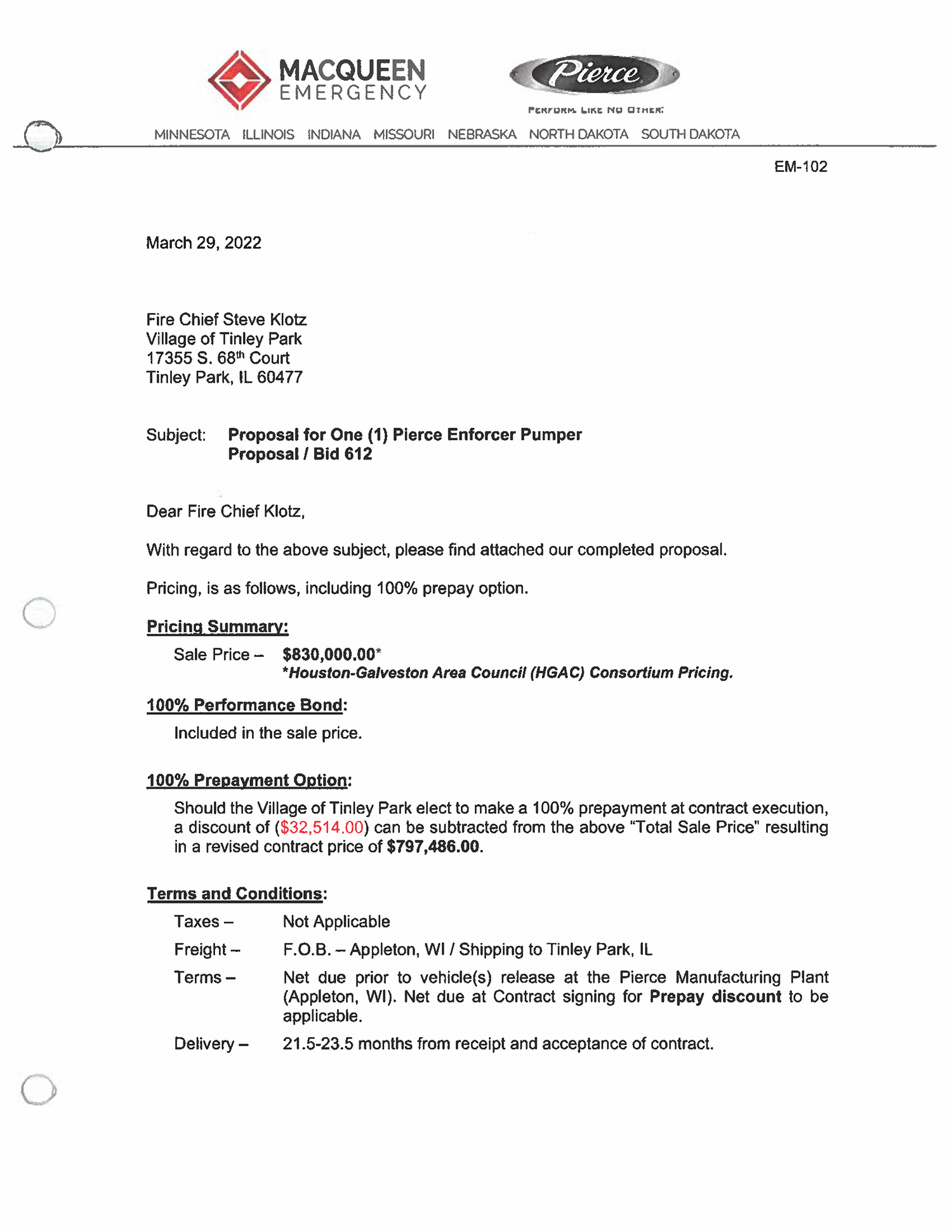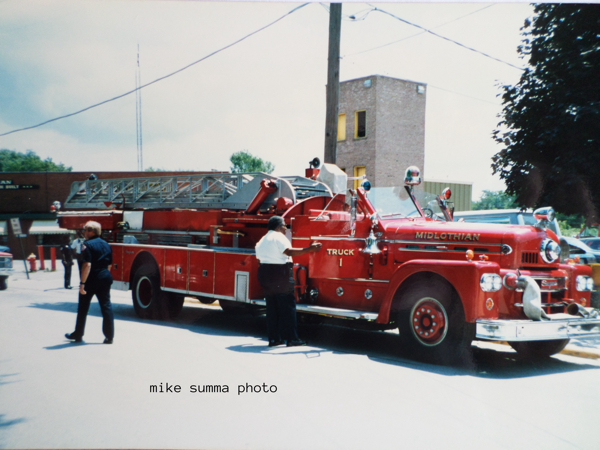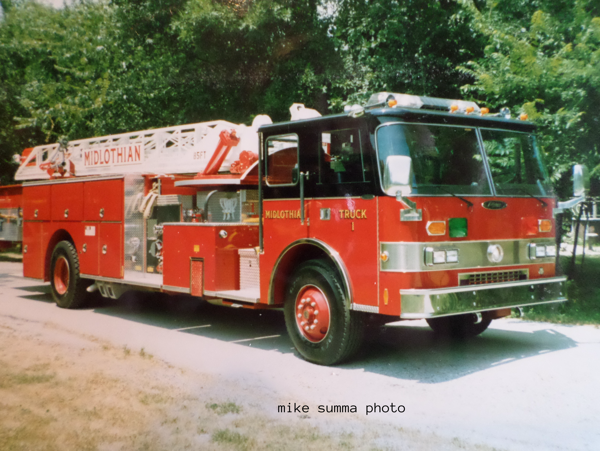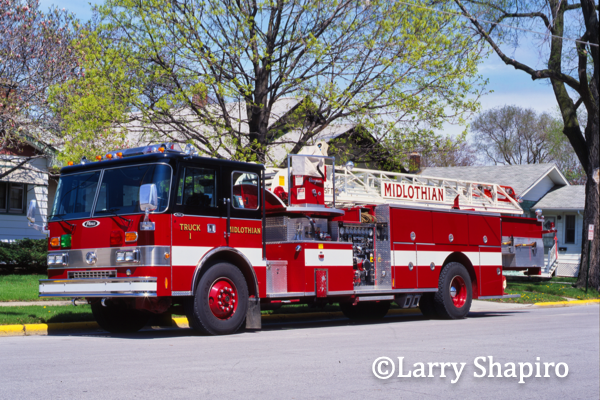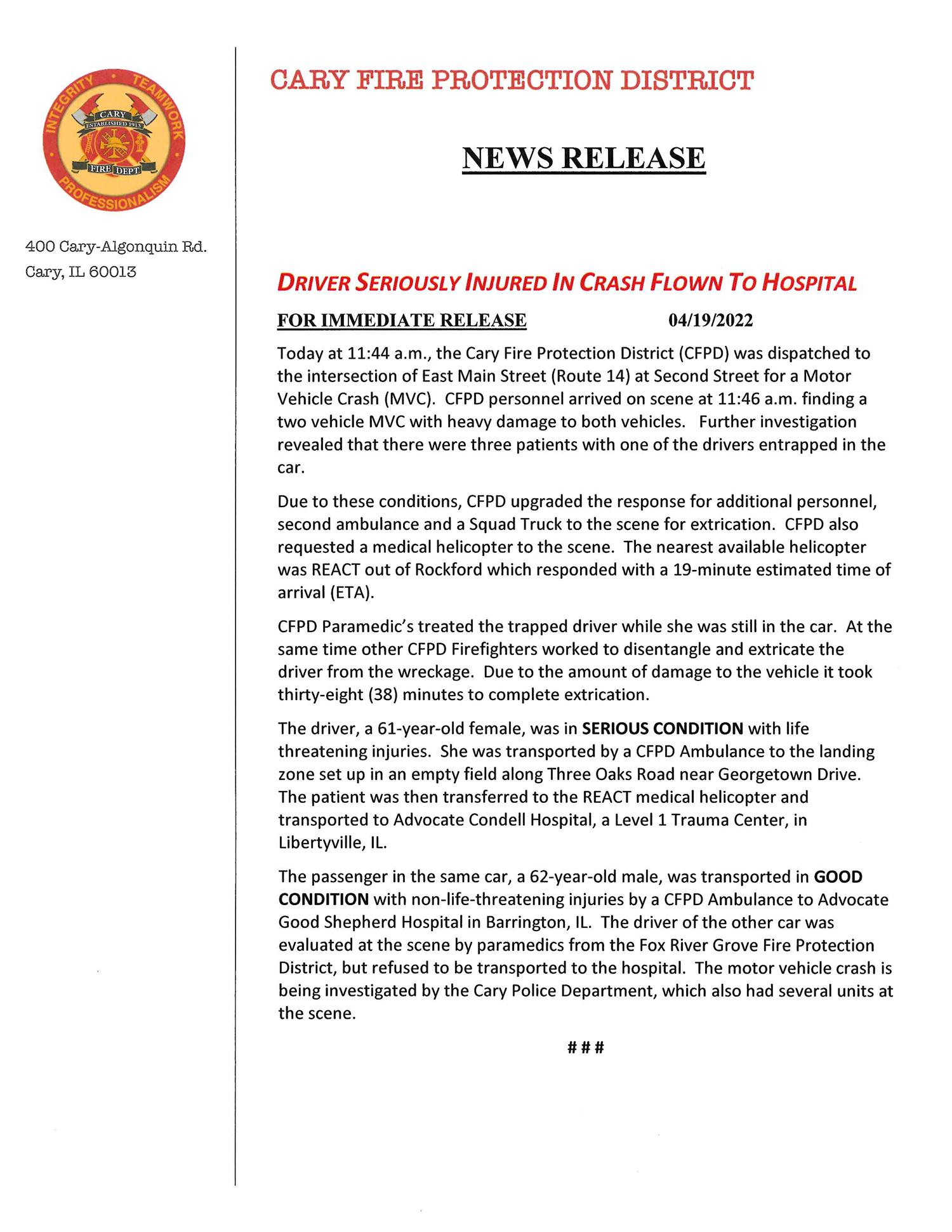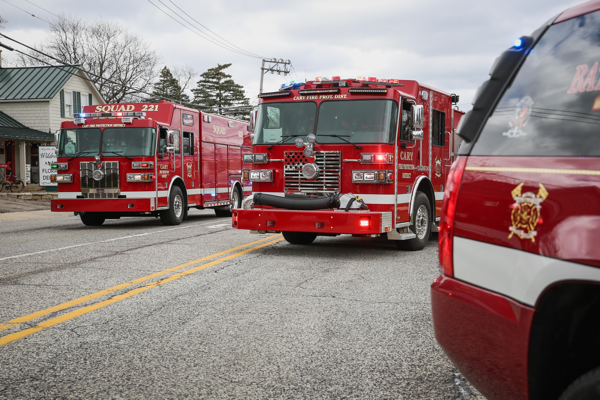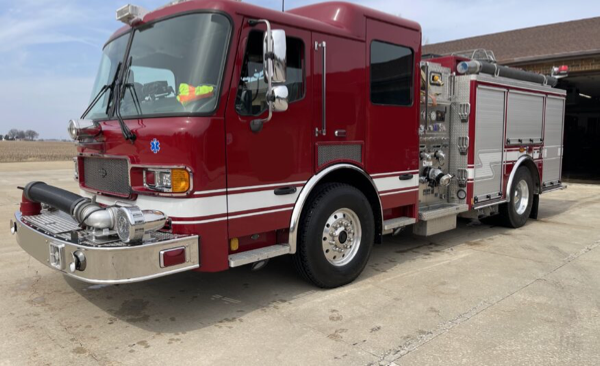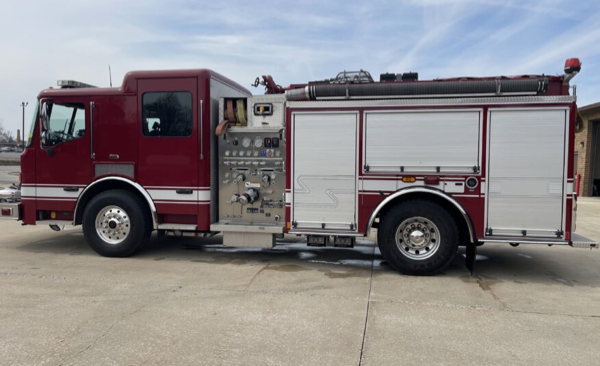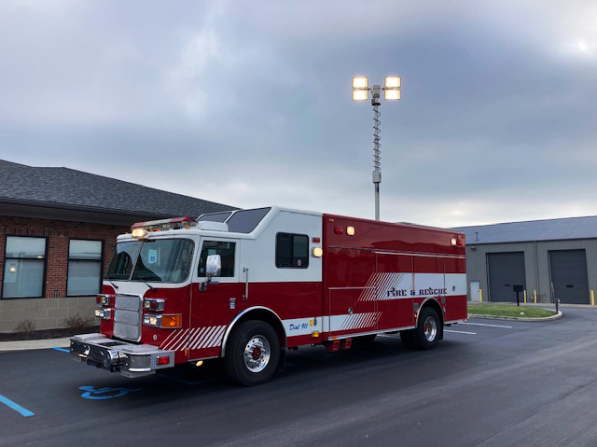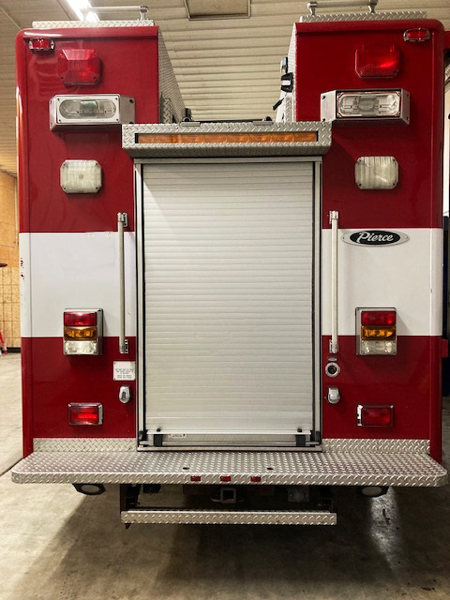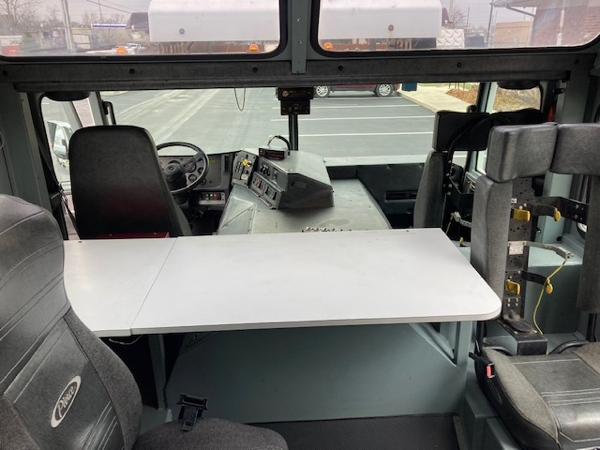Excerpts from the journal-topics.com:
Vanessa Kieres was hired Feb. 16 as the Prospect Heights Fire Protection District’s first full-time female firefighter. While the district has had other women serve in part-time roles, Kieres is the first to be hired to a full-time position.
Kieres also stood out because of her physical fitness and background as a team player and athlete. She grew up playing basketball in Edison Park before attending Regina Dominican High School in Wilmette. In high school she was all-conference and an honorable mention all-state selection, setting the school record for points scored with 34 in a game. She would go on to play basketball for four years at William Penn University in Oscaloosa, Iowa, majoring in exercise science.
Kieres graduated from the Northeastern Illinois Public Safety Academy in March 2020, where she passed the basic operations firefighter certification. She spent her first two years as a firefighter/paramedic in LaGrange before coming to Prospect Heights.
The Prospect Heights Fire Protection District serves about 16,700 residents within the city of Prospect Heights and adjacent unincorporated areas of Cook County. Last year they responded to 2,415 calls for help — more than any year in its history. Consequently, since November, the district has hired four new full-time firefighter/paramedics.
Formed in 1944 — predating the city’s incorporation in 1976 — the Prospect Heights Fire Protection District was originally a volunteer fire department until it began to use part-time employees in the late 1980s. The paid workforce has expanded over the past 30 years to include full-time firefighter/paramedics, starting in 2005. The current force contains 17 full-time members and 13 part-time members.

